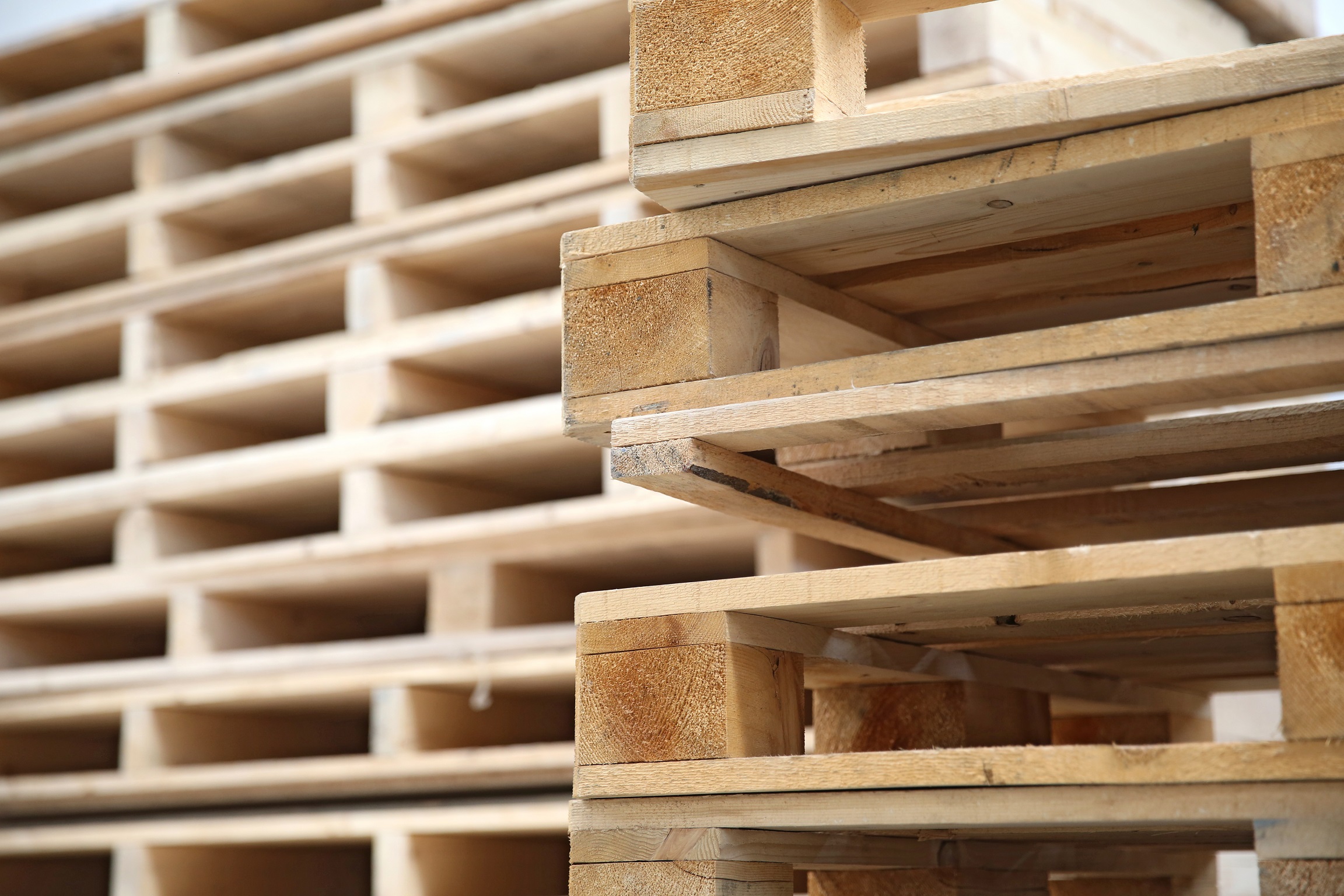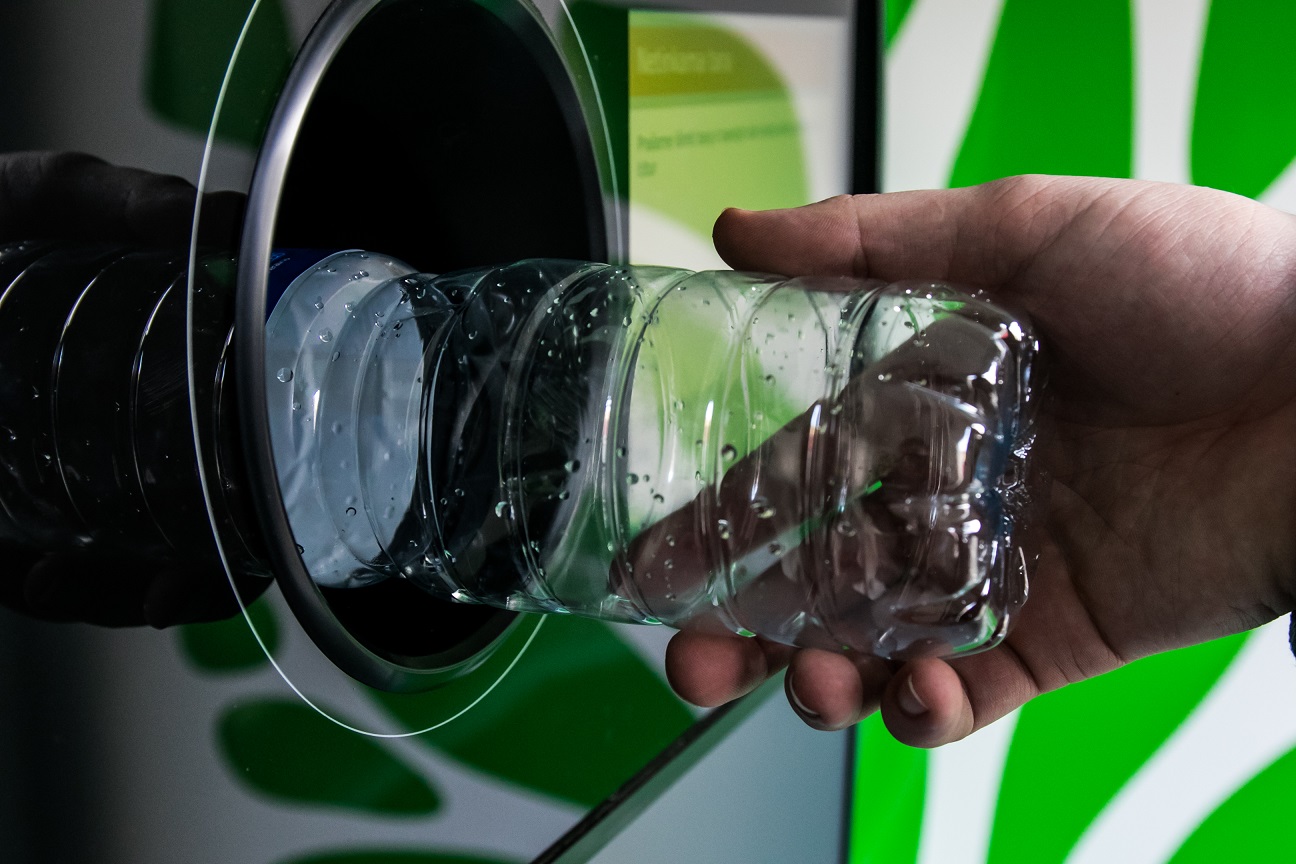Can the risk of migration of wood-dwelling pests be reduced?

We enjoy the freedom to travel the world, buy French cheese, avocados grown in Mexico or clothes made in Asia. But globalisation also benefits… parasites that we unknowingly transfer to other places.
Twenty years ago, there were no cases of dirofilariosis in Poland. It is a parasitic disease that mainly affects dogs, but also cats and wolves. Humans can also become infected; it is spread by mosquitoes.
The disease is caused by nematodes (dirofilaria). After being bitten by a mosquito, the nematodes enter the body and begin to infest it.
There are two types of this disease, caused by different species – dirofilaria repens and dirofilaria immitis. In the first case, the nematodes are located under the skin. More dangerous is the infection caused by dirofilaria immitis, which inhabits the pulmonary arteries and sometimes the heart.
Dirofilariasis occurs where the climate is warmer than it is in Poland. In Europe, it’s most commonly found in countries in the Mediterranean basin. The nematode thrives in temperatures above 14°C. So how did the disease make its way to our country? It could have been brought by dogs travelling with their owners or by accidentally transported mosquitoes. In Poland, the first case was reported in 2009.
Diseases know no borders – as the Covid-19 pandemic has made us painfully aware. This is why many solutions are being implemented around the world to stop the spread of viruses and parasites. One of these has been developed by specialists from Łukasiewicz – PIT. It is a phytosanitary standard for wooden packaging. After all, these packages, which are used in international trade to transport the most diverse products, carry the risk of spreading pests and diseases between continents.
How do we protect the wood?
The standard developed at Łukasiewicz – PIT stipulates, among other things, that the wood from which the packages are made should be subjected to thermal treatment, during which a core temperature of at least 56°C is reached for a minimum of 30 minutes. Compliance with this requirement is confirmed by placing a special IPPC-approved mark and the number of the facility conducting the procedure on the packaging.
These requirements do not apply to packaging composed entirely of elements that have been processed using glue, high temperature or pressure, such as particle board, plywood, chips, sawdust, wood wool, wood cut into thin pieces (less than 6 mm), etc.
The Łukasiewicz – PIT team, under the authority of the National Organization for Plant Protection – GIORIN in Warsaw, is currently supervising several hundred producers of various types of wood packaging materials, especially pallets, used in international transport
throughout the country, and maintains the National Code List of producers of wood packaging materials according to the FAO/IPPC/ISPM15 standard.
The admission of producers to the register depends on the results of audits conducted by Łukasiewicz – PIT, and the registered entity receives an individual number used for product labeling.
Properly made wooden packaging after a well-conducted phytosanitary treatment along with proper labeling means no problems for producers of packaging materials when exporting goods.
Protection against nematodes
It’s time for another nematode in our story. This time it doesn’t attack animals, but coniferous trees, especially pine trees. The pine nematode is native to North America. It arrived in Europe in 1999. The first country where its presence was discovered was Portugal. Since then, it has already overrun one million hectares of pine forests there and has made its way to Spain. There is no cure for the nematode, you can only cut down and burn the infected tree (or have its wood subjected to special phytosanitary treatments).
The parasite is transmitted by a single species of beetle, but the trade in wood and with wooden packaging (such as crates or pallets) contributes most to its spread.
One Polish manufacturer of wooden packaging has been offered a contract extension on condition that it meets China’s phytosanitary import regulations for such products. These regulations were introduced to stop the spread of tree diseases and pests, especially the pine nematode.
Meeting this standard required the development of a procedure that had to be reviewed and approved by the State Plant Protection and Seed Inspection Service (PIORiN). The regulation stipulated that the phytosanitary procedure for heat treatment of wood was to meet the parameters of maintaining a temperature of 56°C in the wood for at least 30 minutes.
Based on the results of research in the field of packaging technology and wood drying, scientists from Lukasiewicz – PIT worked on technical, organizational and formal rules. It was necessary to come up with an effective and practical solution that would not create a technological barrier. In the end, the method was based on temperature sensors, which are placed in the core of the wood, i.e. in the center of the thickest part of the package. After positive test results, formal and organizational rules and technical regulations were prepared.
After consultation and approval by PIORiN, the client received specific guidelines on how to perform the actual phytosanitary treatment (heat treatment – HT). Within a month they were implemented. Scientists confirmed the validity of the method and results, based on which the products were approved for international marketing. As a result, the client retained an attractive contract.
***
Properly made wooden packaging after a well-executed phytosanitary treatment plus proper labeling equals zero problems when exporting goods. Check out our offer here.




